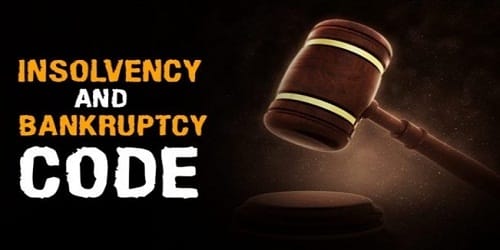On July 17, 2019, The Union Cabinet approved 7 amendments to the Insolvency and Bankruptcy Code 2016 (IBC). It will help to speed up the bankruptcy resolution process and correct deviations that have crept into its functioning. It clarifies the uncertainty arisen after the ruling by the National Company Law Appellate Tribunal (NCLAT) in the Essar Steel resolution case.
Key Points:
- Resolution process: It must be completed within 330 days, including litigations and other judicial process. At present, the resolution plan for an insolvent company should be cleared within 270 days.
- Rights: Union Cabinet clarified the rights of financial as well as operational creditors who have not spoken in favour of a resolution. The amendment proposes that they will get a share of proceeds from the sale of the debtor company or its liquidation as per the hierarchy specified in IBC.
- CoC: The Committee of Creditors (CoC) will have the power to take commercial decisions on distribution of funds to various classes of creditors. Operational and unsecured financial creditors need not be treated on par with secured financial creditors.
- Power: Bankruptcy resolution or liquidation decided under the bankruptcy framework is binding on central, state and local governments, to whom the insolvent company owes dues. This will prevent state authorities including income tax officials from questioning a rescue plan adopted in a court-monitored process.
- Homebuyers: A proposed amendment will ensure that a majority vote from creditors such as homebuyers will be counted as a 100% vote from that class of creditors in favour of or against a resolution plan.
About IBC 2016:
It is the bankruptcy law of India which seeks to consolidate the existing framework by creating a single law for insolvency and bankruptcy. It aims to protect the interests of small investors and make the process of doing business less cumbersome.
AffairsCloud Recommends Oliveboard Mock Test
AffairsCloud Ebook - Support Us to Grow
Govt Jobs by Category
Bank Jobs Notification




